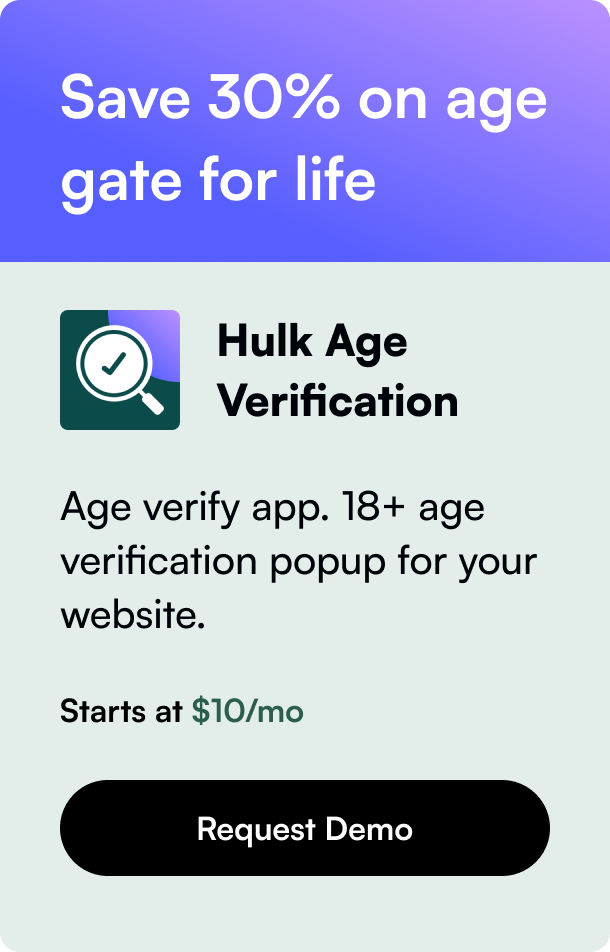Table of Contents
- Introduction
- Understanding Image Aspect Ratio and Its Importance
- How to Open the Shopify Image Editor
- The Step-by-Step Guide to Resizing Images
- Bulk Image Resizing Solutions
- Advanced Tips for Image Optimization
- Conclusion
- FAQ
In the modern e-commerce landscape, the efficiency and speed of your Shopify store can significantly impact customer experience and, by extension, your bottom line. Slow-loading pages often lead to higher bounce rates and lower conversion rates. A pivotal factor in optimizing your store's performance? Image size. With this comprehensive guide, you'll learn how to expertly reduce image size in Shopify, enhancing your store's speed and user experience.
Introduction
Ever encountered a website that took forever to load? Chances are, you didn't stick around for long. The speed of your Shopify store is crucial for keeping potential customers engaged. Images, while essential for showcasing products, can be the primary culprit behind sluggish page loads. But fear not! Reducing image size without sacrificing quality is your ticket to a swift, smooth-running store. In this post, we'll dive into the nitty-gritty of image resizing in Shopify, offering you valuable insights and step-by-step instructions for optimizing your images. Whether you're a seasoned Shopify veteran or just starting, this guide is tailored to help you boost your site's performance, engagement, and conversions.
Understanding Image Aspect Ratio and Its Importance
Before diving into resizing techniques, let's understand image aspect ratio and its significance. The aspect ratio is the relationship between an image's width and height, determining its proportion. For instance, an image with a 1:2 aspect ratio means it's twice as tall as it is wide. Maintaining a consistent aspect ratio across your store's images ensures uniformity and an aesthetically pleasing layout. Shopify's product camera app aids in capturing products in an ideal aspect ratio, streamlining the process for consistent, professional-looking photos.
How to Open the Shopify Image Editor
To start editing your images, navigate to the "Products" section in your Shopify admin. Select the product whose image you wish to edit, click on the image, and you're good to go. The Shopify image editor offers a range of tools for cropping, drawing, flipping, or even removing backgrounds, giving you complete control over how your images look.
The Step-by-Step Guide to Resizing Images
Resizing an image in Shopify is straightforward:
- Crop Your Image: Use the cropping tool to focus on the desired part of your image, helping adjust the aspect ratio without distorting the photo.
- Resize for Actual Size: If the goal is to change the image's dimensions, the resizing tool is your friend. Remember, altering the actual size without adjusting the aspect ratio can lead to distortion.
- Orientation Adjustments: Flip, rotate, or tilt your image to best fit your store's layout and design aesthetics.
- Removing or Replacing Backgrounds: Utilize Shopify's Magic tool for seamless background adjustments, ensuring your products stand out clearly.
Bulk Image Resizing Solutions
For store owners with a vast inventory, individual image editing may seem like a Herculean task. Shopify's App Store comes to the rescue with several apps designed for bulk image resizing. These apps allow you to simultaneously adjust multiple images, ensuring consistency and saving you a mountain of time.
Advanced Tips for Image Optimization
- Use Shopify's Simple Image Resizer: This tool offers predefined sizes for various platforms, making it easy to optimize images for social media or your store.
- Maintain Image Quality: Ensure your starting images are of good resolution. High-quality images resized correctly will retain their clarity and impact.
- Standard Resolution for Web: Aim for a standard resolution of 72 PPI for web images. This balance between quality and file size is ideal for speedy page loads.
- Consistency is Key: Whether it's through aspect ratio, size, or style, consistent imagery elevates your store's professionalism and appeal.
Conclusion
In the digital shopping world, first impressions are everything. High-quality, fast-loading images are not just a nice-to-have but a foundational aspect of a successful Shopify store. By following the insights and steps outlined in this guide, you'll empower your store with images that not only captivate but convert. Remember, the goal is to enhance user experience, boost engagement, and ultimately drive sales — all achievable through the art and science of image optimization.
FAQ
-
Does resizing images compromise their quality? Resizing, when done correctly with high-resolution starting images, can maintain quality while reducing file size for faster loading.
-
What are the recommended sizes for Shopify images? Shopify suggests using 2048 x 2048 pixels for square product photos, striking a balance between clarity and load time.
-
Can I bulk resize images directly in Shopify? Shopify itself doesn't offer a bulk resizing feature within the admin panel. For this task, third-party apps or external tools are your best bet.
-
How often should I check my site's load time? Regularly monitor your site's performance using tools like Google PageSpeed Insights. Making image optimization an ongoing practice ensures your store remains fast and efficient.
-
Are there any Shopify apps recommended for image resizing? Yes, the Shopify App Store hosts numerous apps designed for image resizing and optimization. Reading reviews and testing a few can help you find the one that best fits your needs.








